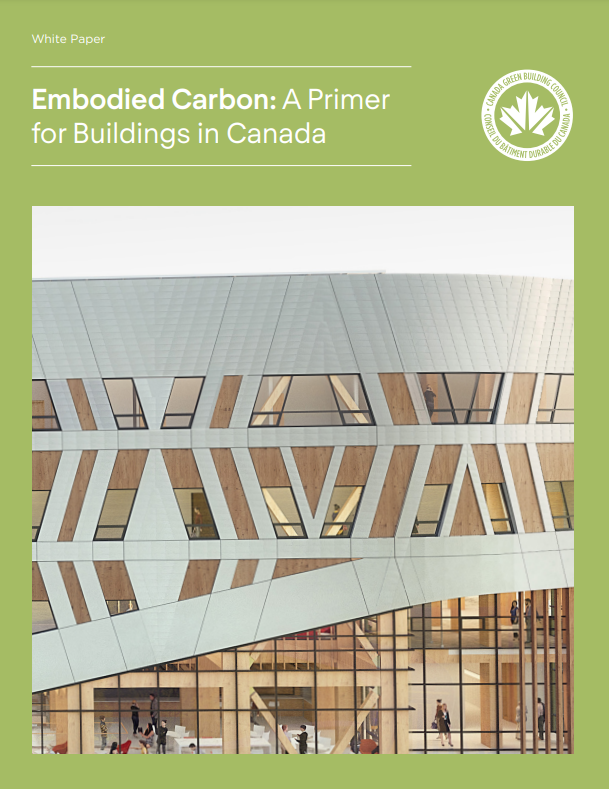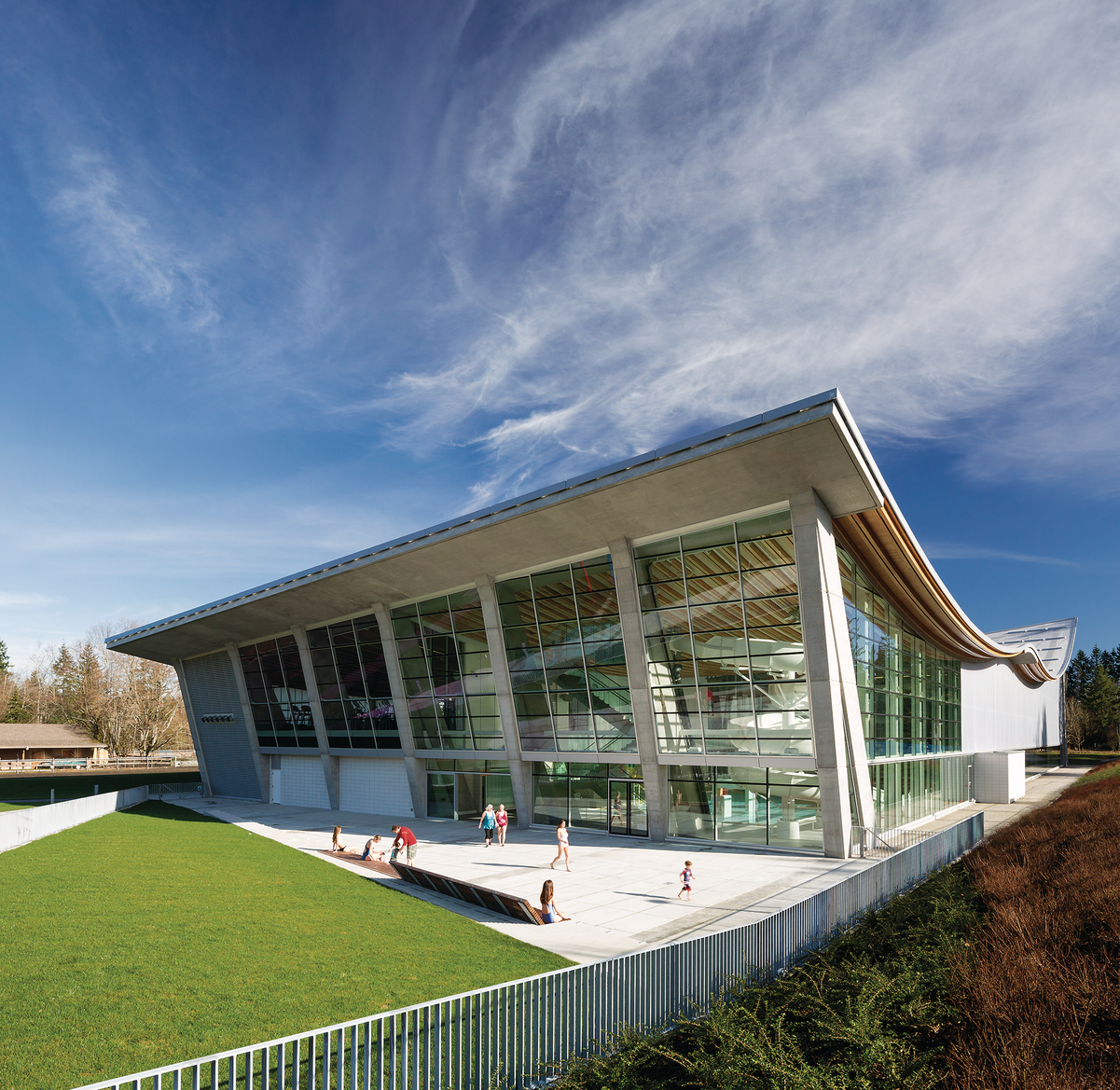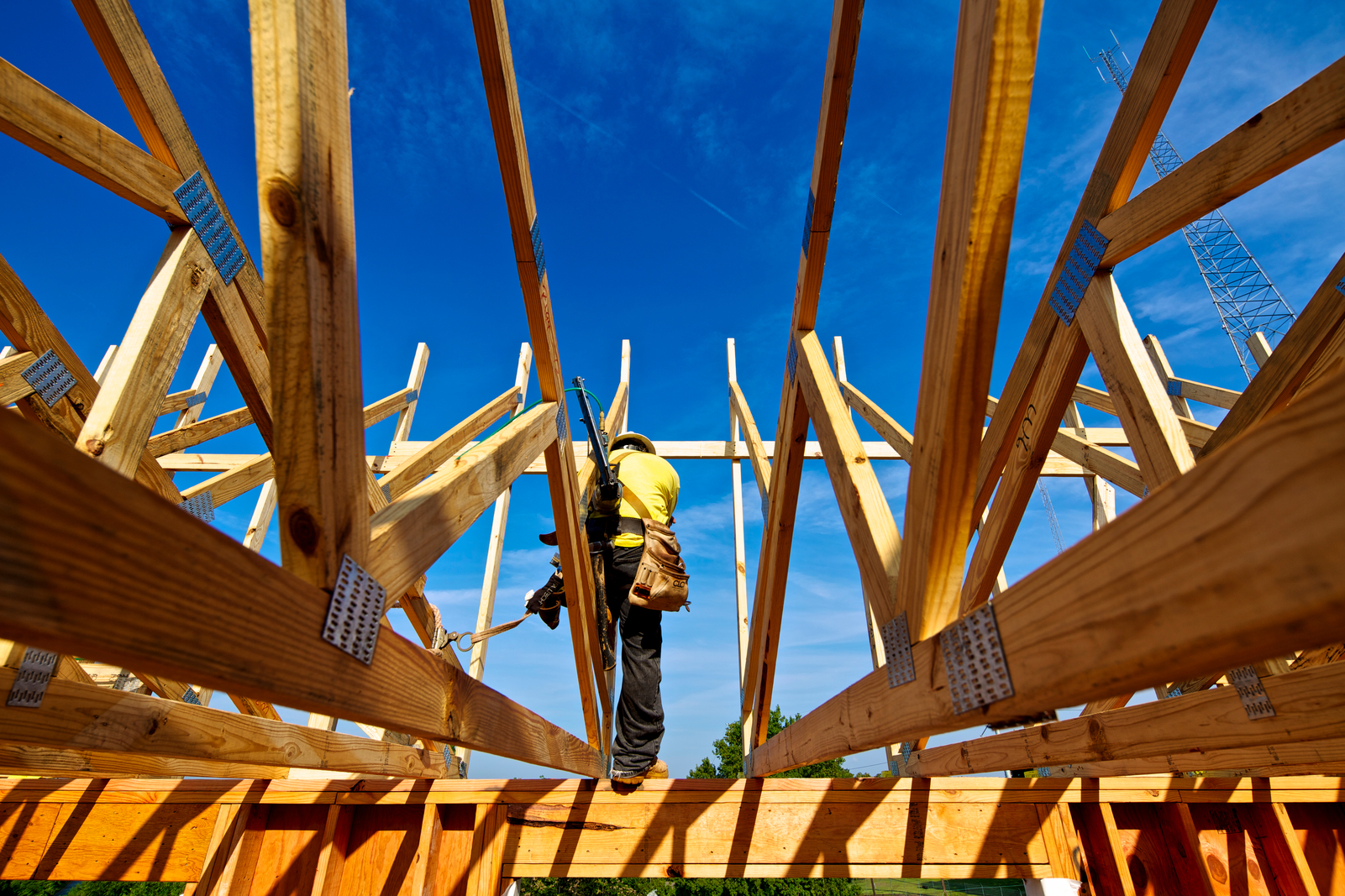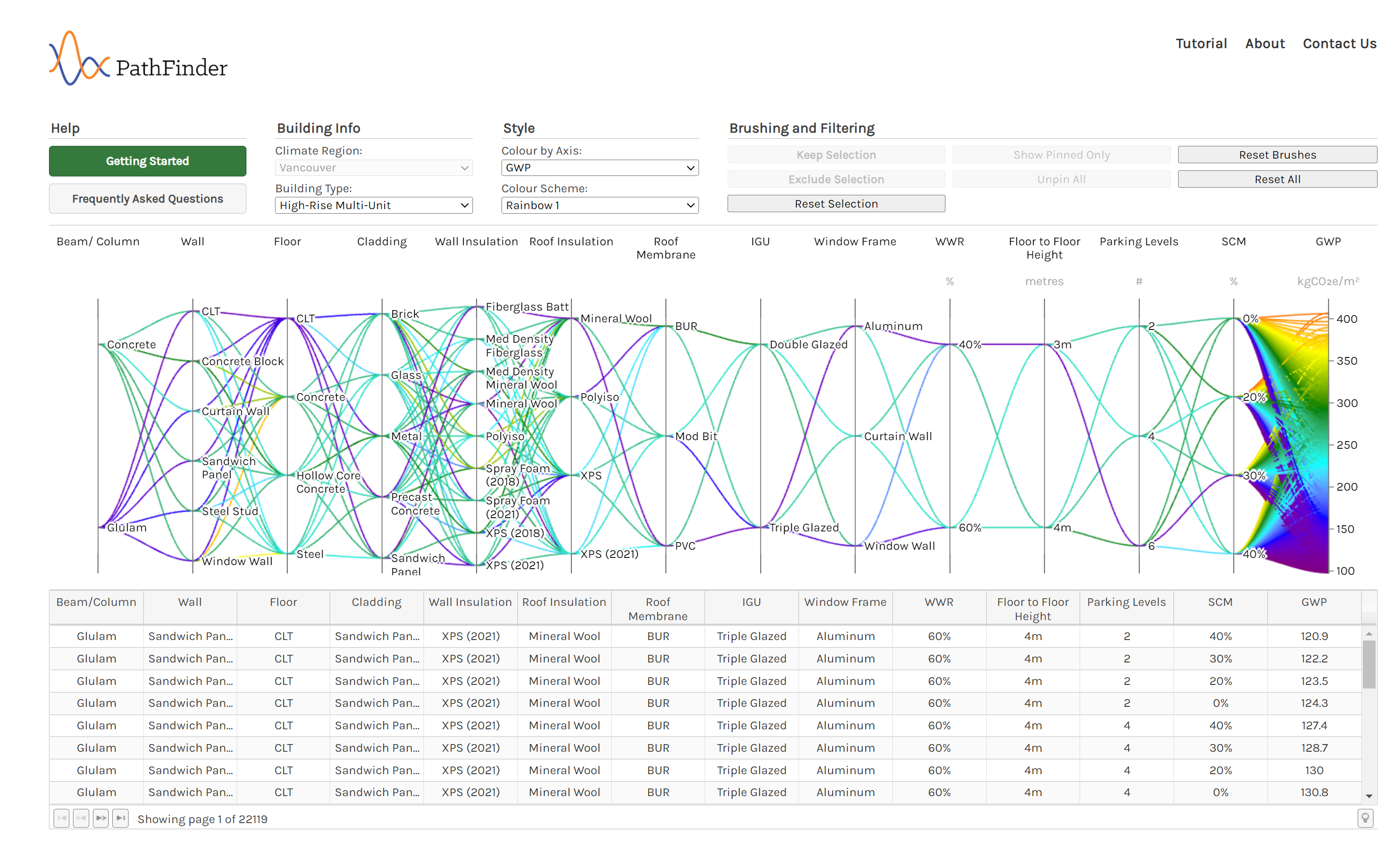Embodied carbon in the built environment
This white paper by the Canadian Green Building Council (CAGBC) focuses on buildings and low-carbon materials including wood and mass timber. It provides information and context to better understand embodied carbon and address it in new and existing buildings.
Demonstrating reductions in embodied carbon
As operational carbon decreases with building efficiencies, the need to focus on the embodied carbon of a building becomes more important.
Embodied carbon refers to the carbon emissions associated with materials and construction processes throughout a building’s life cycle. These emissions are released into the atmosphere before a building is operational.
Wood and mass timber construction have low embodied carbon because the manufacturing process is not energy-intensive. There is also the potential for faster and more predictable construction times with wood.
Canada’s building sector is currently transitioning from the basic quantification and reporting of embodied carbon to a stage where reductions must be demonstrated. Increasingly, design teams are performing life cycle assessments (LCAs) to quantify and reduce embodied carbon as early as possible in the design process. Manufacturers are also developing environmental product declarations (EPDs) to allow for like-to-like comparisons of products.




